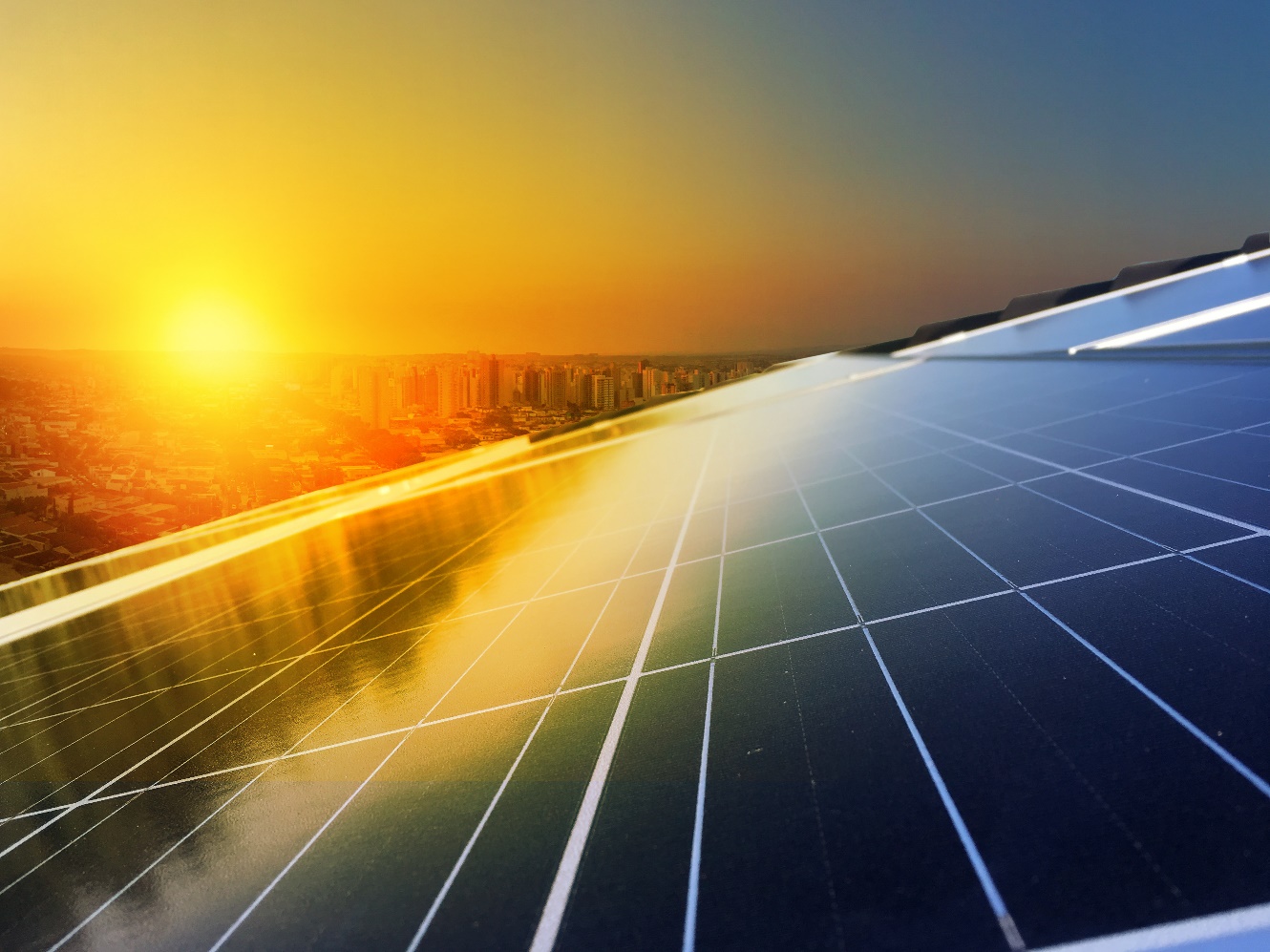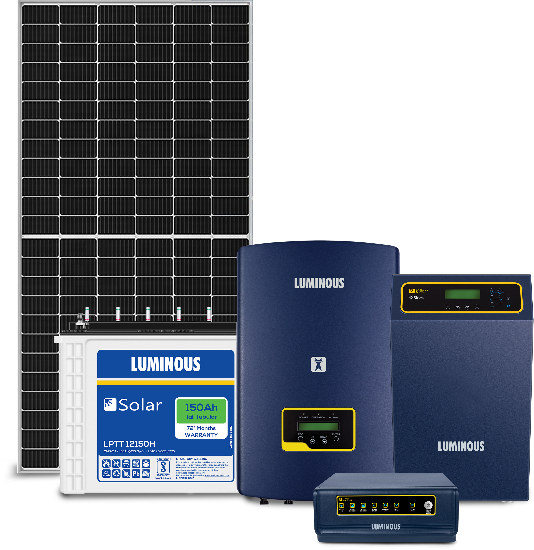Tired of long and frequent power outages? Searching for reliable power supply alternatives for your home? Well, then, solar photovoltaic systems might be the solution you’ve been looking for. An important application of solar photovoltaic systems is to supply electricity. In fact, standalone photovoltaic systems can even make your home completely self-reliant.
In this article, we have explained the application of solar photovoltaic systems, their types, and how you can reap the benefits to the fullest.

What is a Solar Photovoltaic System?
A solar photovoltaic system refers to the complete package of solar panels, solar inverters, solar batteries, etc. All these products use advanced technologies to capture latent energy present naturally in sunlight. They then work together to convert this solar energy into electrical current, which is reliable, affordable, and has a consistent flow.
Simply put, the main application of solar photovoltaic systems is to generate electricity and supply robust power. The electricity they provide is incredibly clean and carbon-free. This means they produce energy without emitting any harmful gases like carbon dioxide and methane.
Below, we have listed the major components of a solar photovoltaic system:
Components of a Solar Photovoltaic System
- Solar Panels: Solar panels are generally rectangle-shaped panels made of an advanced technology called photovoltaic cells. They are capable of extracting solar energy from the sunlight and also converting it into electricity. For the efficient application of solar photovoltaic systems, solar panels must be tilted at an optimum angle towards the sun.
- Solar Inverters: Solar inverters act as a medium between your home appliances and the solar panels. They receive the electricity from solar panels and convert it into a form of usable current. This current can power everything in your home, from lights and fans to the television and refrigerator. Hence, solar inverters play a vital role in the application of solar photovoltaic systems.
- Cables: To eliminate energy loss during the application of solar photovoltaic systems, high-performance cables are used. They are the only path for electricity between solar panels and solar inverters. These cables are UV protected and built for durability, so they survive strong weather conditions.
- Solar Batteries: Solar batteries are important in some types of solar photovoltaic systems. They can store electricity for long periods to power your home during nights and emergencies. We will look into solar batteries in more detail in the next section.

Image Source: Luminous India
Now that we know the features and the role they play in the application of solar photovoltaic systems let’s dive deeper and understand the three types of solar photovoltaic systems.
Types of Solar Photovoltaic Systems
- On-Grid: These types of solar photovoltaic systems remain connected to the main grid while generating energy. As a result, they track and compare the amount of power your home generates versus your monthly consumption.
After the application of solar photovoltaic systems installed in your home, if you generate more power than you consume, the surplus is sent back to the main grid. This is then reflected in the monthly electricity bill as savings.
- Off-Grid: These types of solar photovoltaic systems are entirely independent. They eliminate any chance of long power outages. Because of this feature, they are also called standalone photovoltaic systems.
To achieve this reliability, they make use of solar batteries and store energy during the day. This energy is used to power your lights and fans during the night. So, standalone photovoltaic systems can help you become self-reliant, which is another important application of solar photovoltaic systems.
- Hybrid Systems: A hybrid solar photovoltaic system is a combination of both on-grid and off-grid systems. While it remains connected to the main grid, it also uses solar batteries. In addition, it employs a hybrid inverter to switch the power supply between battery storage and the main grid.
The main advantage of a hybrid system is that it combines the benefits of both on-grid and standalone photovoltaic systems. They both maximize your energy savings and eliminate power outages.
Advantages of Solar Photovoltaic Systems
If you are still wondering whether to invest in solar systems for your home, then read on for a non-exhaustive list of advantages.
- Boost savings: By generating your own electricity, you can control your energy consumption better. Reducing energy consumption and improving energy efficiency is a direct application of solar photovoltaic systems. As a result, they boost your financial savings.
- Zero carbon footprint: A further application of solar photovoltaic systems is that they generate electricity in a completely eco-friendly manner. They produce zero carbon emissions meaning zero carbon footprint!
- Self-reliance: Enabling self-reliance in homes is a major application of solar photovoltaic systems. You can ensure a long-lasting energy supply with just a single investment. Solar systems are built of high-durability materials and last for decades. Additionally, solar panels require minimal maintenance throughout their lifetime.
- The new norm: The final application of solar photovoltaic systems is that they are next in line for commercial use. Even the government is pouring its resources into the technology in a bid to subsidize and make it accessible to every household. We at Luminous India have partnered with banks so we can offer multiple payment methods like EMIs.
If you are still confused, do not worry! We are committed to delivering innovative solutions that are robust and future-proof. Our team of experts is constantly working to make the application of solar photovoltaic systems accessible to every Indian household.
Connect with us anytime and start your journey of self-reliance today!
Leave a Reply